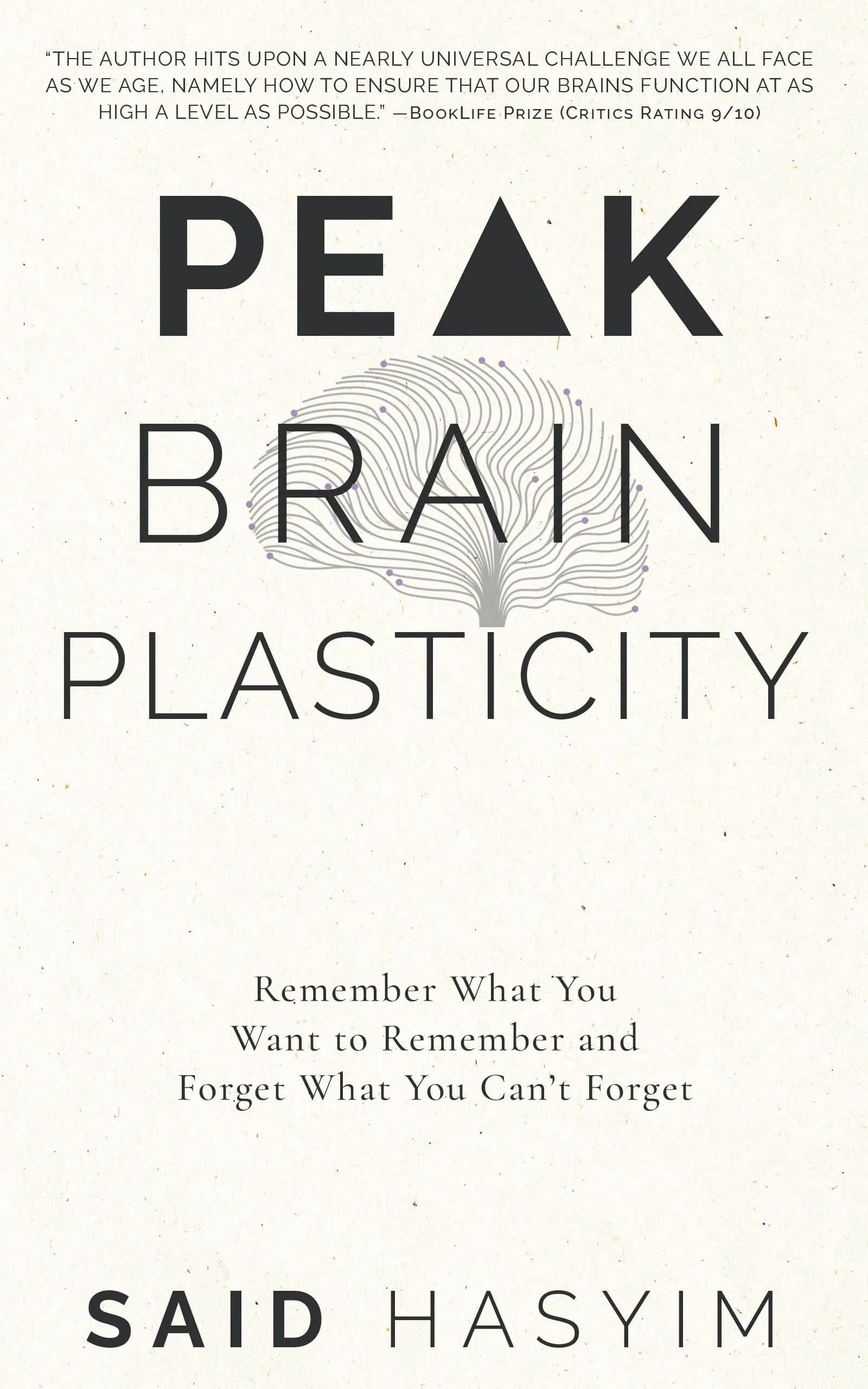The Impact of Storytelling on Memory Retention
In our digitally driven world, the human capacity for storytelling remains a vital part of cultural expression and personal communication. From ancient cave paintings to modern-day novels, storytelling has evolved yet retained its core value: its ability to convey experiences, impart wisdom, and foster connections. As we delve into the impact of storytelling on memory retention, we’ll uncover how our brains respond to narrative structures, how stories can be used as effective educational tools, and the implications this has for both personal and professional contexts.
Understanding Memory Retention
Before we explore storytelling, it's crucial to understand the mechanisms of memory itself. Memory can broadly be categorized into:
- Sensory Memory: The initial stage where information is captured through our senses, lasting mere seconds.
- Short-term Memory: Also known as working memory, this stage retains information for a brief period (around 20-30 seconds) and has a limited capacity.
- Long-term Memory: This is the storage for knowledge and experiences that can last a lifetime, further divided into declarative (facts and events) and procedural (skills).
Retaining information effectively often involves transitioning knowledge from short-term to long-term memory. Here, storytelling plays a crucial role.
The Neuroscience Behind Storytelling
Research in neuroscience reveals that stories engage multiple areas of the brain. When we hear a story, our brains are not only processing the language; they are also responding to the emotions and the imagery that the narrative evokes. Studies have shown that stories activate the brain's sensory areas, making listeners more likely to remember the details.
Emotional Connection
Dr. Paul Zak, a neuroeconomist, has studied the effects of storytelling on the brain. He found that when people hear emotionally charged narratives, their brains release oxytocin, often referred to as the "bonding hormone." This hormone fosters empathy and connection, making the listeners more engaged and likely to recall the information later.
Imagery and Visualization
Moreover, storytelling often incorporates vivid imagery and descriptive language, which enhance memory retention. Our brains are wired to remember images better than abstract concepts. When a narrative includes rich descriptions, it creates vibrant mental pictures that make the information more tangible and easier to recall.
The Role of Structure in Storytelling
Not all narratives are created equal when it comes to memory retention. The structure of a story significantly impacts its effectiveness. A well-structured story typically follows a format comprised of:
- Setting: Establishing the context and characters.
- Conflict: Introducing a challenge that creates engagement.
- Resolution: Providing closure and reflecting on the lessons learned.
The Power of Narrative Arc
Research suggests that stories following a classic narrative arc (exposition, rising action, climax, falling action, and resolution) are more memorable than those that lack structure. The plot structure serves as a framework that aids in organizing information, making it more digestible and easier to retrieve from memory.
Applications in Education and Training
In educational settings, the implications of storytelling on memory retention are profound. Traditional methods of rote memorization often fail to engage students effectively. However, integrating storytelling into teaching methods can significantly enhance learning experiences.
Storytelling in the Classroom
History Lessons: Instead of merely presenting dates and facts, teachers can weave the tales of historical figures and events into narratives, helping students connect with the material on a human level.
Science Education: Scientific phenomena can be transformed into stories that explain complex concepts through real-life applications and characters, making them easier to understand and remember.
Literature and Language: By analyzing narratives, students can learn about themes, morals, and character development, fostering critical thinking while enhancing their understanding of language.
Professional Settings
Beyond education, storytelling can transform workplace training and communication. Businesses that incorporate storytelling into presentations and sales pitches find that their messages resonate more deeply with clients and colleagues. This approach can lead to:
Enhanced Engagement: Employees are more likely to remember training content delivered through stories than through standard PowerPoint presentations.
Stronger Team Cohesion: Sharing personal stories fosters a sense of connection and trust among team members, which can facilitate collaboration.
Effective Marketing: Brands that tell compelling stories in their marketing campaigns can foster deeper connections with consumers, leading to increased brand loyalty and recognition.
Conclusion
The impact of storytelling on memory retention transcends culture, age, and context. As humans, we are hardwired for stories — they captivate our attention, evoke emotional responses, and help us make sense of the world around us. By leveraging the natural power of storytelling, we can enhance our interactions in both personal and professional realms, create more engaging educational experiences, and ultimately improve our memory retention.
In a society saturated with information, remembering what matters has become more challenging yet more important than ever. As we embrace storytelling in various aspects of our lives, we unlock new pathways for understanding, connecting, and remembering. Whether you're an educator, a business leader, or simply someone wanting to deepen personal connections, harnessing the art of storytelling can prove to be an invaluable tool in enhancing both memory retention and human connection.
Harness the Power of Neuroplasticity
Discover Peak Brain Plasticity, a practical book to harnessing neuroplasticity. Enhance your memory, learn new languages quickly, and alleviate anxiety with effective study methods. Uncover daily habits that impact cognitive health and explore techniques for accelerated learning and memory retention. Unlock your brain's potential for growth and transformation.
